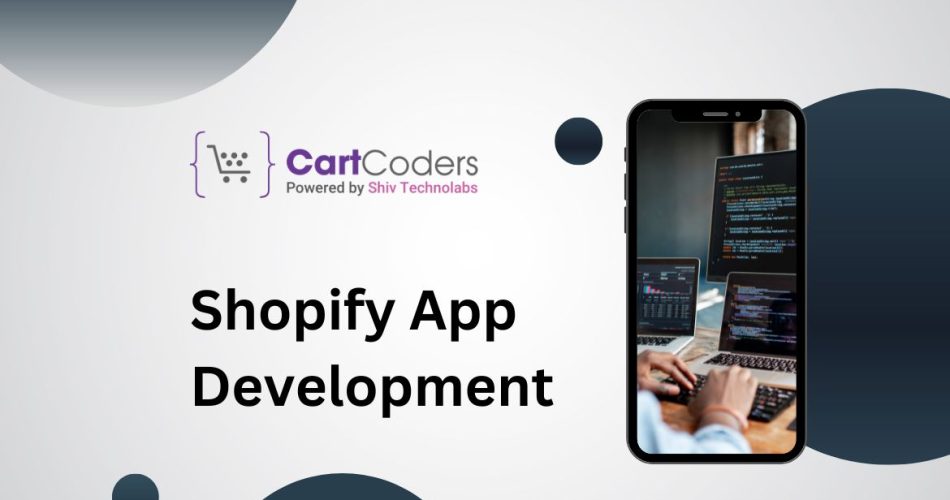Custom Engagement Solutions
Unlock tailored solutions with a free, no-obligation strategy session.
Expert Developers & Engineers on Demand
Scale Your Team with Skilled IT Professionals
Expert Guidance for Digital Transformation

Creating effective technical documentation is a crucial part of developing any software, including Shopify apps.
High-quality shopify app development documentation not only facilitates smoother development processes but also significantly improves user experience and support.
For Shopify app developers, clear and precise technical documentation serves multiple purposes: it guides the development team, supports end-users, and simplifies the onboarding process for new team members.
It provides essential information about the app’s features, setup instructions, API usage, and troubleshooting steps. Good documentation can reduce the need for customer support, minimize errors, and accelerate the development cycle.

To create documentation that genuinely benefits its readers, you need to understand who your audience is.
This step is fundamental to crafting content that is relevant, useful, and appropriately detailed. For Shopify app development, your audience can include:
This group consists of your internal development team and other developers who might work on integrating or extending your app. They need detailed technical specifications, code examples, API documentation, and troubleshooting tips.
These individuals use the documentation to assist end-users. They require clear explanations of common issues, setup procedures, and troubleshooting guidelines to provide accurate and timely support.
While not as technically inclined, this audience needs straightforward, user-friendly documentation. They should find guides on how to install and use the app, along with information on its features and benefits.
New developers who join your project later need documentation to get up to speed quickly. Clear and comprehensive documentation helps them understand the codebase, architecture, and any specific development practices your team follows.
If you are working with technical writers, they need sufficient technical detail to create user-friendly and accurate documentation. They will benefit from having access to in-depth technical knowledge and insights into common user issues and questions.

Effective documentation is well-organized, making it easy for users to find the information they need quickly. Start with a clear and intuitive structure that includes a table of contents, making navigation straightforward.
Begin with an overview section that explains the purpose and features of your Shopify app, followed by detailed sections for installation, configuration, and usage. Include separate chapters for advanced topics like API integration and troubleshooting.
Use headings, subheadings, and bullet points to break down complex information into digestible chunks. Incorporate search functionality if your documentation is online, and ensure that each section is logically linked to related content.
A well-structured document not only improves readability but also enhances user experience by facilitating easier access to critical information.
Also Read: Tools and Resources for Shopify App Development
The “Getting Started” section is the foundation for a smooth user experience and should be designed to get users up and running with minimal friction.
This section should provide a clear, step-by-step guide to help users understand how to install and configure your Shopify app.
Here’s how to structure this section:
Installation Instructions:
Initial Setup
Quick-Start Guide:
Example Scenarios:
The “Features and Functionality” section highlights what your app can do and how it benefits users.
This part of the documentation should be organized to present features in a logical sequence, typically starting with the most critical functionalities.
Feature Overview:
Detailed Descriptions:
Practical Examples:
Feature Comparison:
The “API Reference” section is crucial for developers who need to interact with your app programmatically. This part should be comprehensive and well-organized to facilitate easy integration and troubleshooting.
Endpoints and Methods:
Request and Response Formats:
Authentication and Security:
Error Codes and Troubleshooting:
The “Troubleshooting and FAQs” section is designed to help users resolve issues independently and quickly.
This section should be easily navigable and address the most common concerns and questions.
Frequently Asked Questions (FAQs):
Troubleshooting Guide:
Support Contact Information:
Writing clear and concise content is crucial for ensuring that your documentation is accessible and effective.
Focus on simplicity and clarity to make sure users can easily understand the information provided.
Use Simple Language:
Focus on Key Points:
Consistent Terminology:
Visual aids and examples can enhance understanding and make documentation more engaging. They provide additional context and can simplify complex information.
Screenshots and Diagrams:
Code Examples:
Interactive Elements:
Maintaining up-to-date documentation is essential for ensuring its accuracy and relevance. Regular updates prevent confusion and ensure that users have access to the latest information.
Version Control:
Scheduled Reviews:
Change Notifications:
Choosing the right tools and platforms for documentation can simplify the creation and management process. Select tools that fit your team’s needs and facilitate collaboration.
Documentation Platforms:
Collaboration Tools:
Content Management:
By implementing these strategies and using appropriate tools, you can create effective, user-friendly documentation for your Shopify app that supports both development processes and user experience.
Creating effective technical documentation is a vital component of successful Shopify app development. By understanding your audience and structuring your content clearly, you can significantly improve the usability and functionality of your app.
At CartCoders, we specialize in providing exceptional Shopify app development solutions tailored to meet your unique business needs. Our team of experts excels not only in building innovative Shopify apps but also in crafting clear, detailed documentation that enhances user experience and supports smooth integration.
As a leading Shopify Mobile App Development Company, we are committed to delivering high-quality development and precise documentation.
Whether you’re developing a new app or enhancing an existing one, CartCoders is your trusted partner.
Reach out to us today to discover how we can assist with your Shopify app development journey and ensure your documentation effectively supports your app’s success.
Projects delivered in 15+ industries.
95% retention rate, building lasting partnerships.
Serving clients across 25+ countries.
60+ pros | 10+ years of experience.